One of the most essential elements of any recreational vehicle is the RV’s freshwater tanks. Without them, you would not be able to enjoy a shower, do your dishes, or take a drink. Filling them can seem like a daunting task, but with this guide, it will be easy! In this article, we will discuss the different ways for filling the tank and answer some common questions about the process.
Table of Contents
What is an RV fresh water tank?
These tanks store clean drinking water, while the gray and black tanks store wastewater from showers and sinks (greywater) and toilets (blackwater).
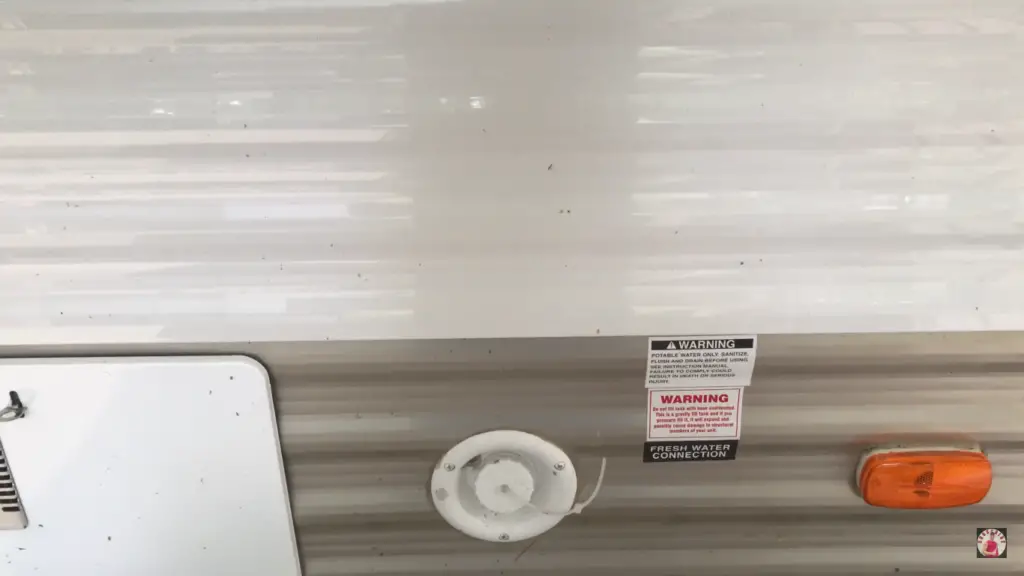
Fresh water tank
Most RVs have a fill location for the fresh water tank on the outside of the vehicle. It is usually located near the bottom of the RV, on either side.
The fill location will have a cap that needs to be removed in order to access the tank. Underneath the cap, there will be a hose connection that is used to fill the tank with water.
Some RVs also have an additional fill location inside the RV. This can be helpful if you need to fill the tank but don’t want to go outside or if you’re hooked up to a campground water supply and don’t want to disconnect in order to fill your tank.
Once you’ve located the fill location, simply remove the cap and attach a water hose. Turn on the water and let it flow into the tank until it’s full. Check the level of the water in the tank periodically so that you don’t overflow it.
Replace the cap on the fill location and ensure it’s secure. Turn off the water at the campground supply or at your home so that you don’t accidentally leave it running.
Be sure to empty and clean your tanks regularly to prevent contamination.
Grey water tank
This tank stores wastewater from showers and sinks. The size varies depending on the RV size.
It is located under your RV, usually towards the back. There will be a drain valve on the bottom of the tank that you can open to empty it when necessary.
It’s important to empty it regularly, as waste can build up and cause odors or contamination. You may need to empty it every few days or once a week.
Place a hose in the drain to direct the water away from your RV. Once the tank is empty, close the valve and you’re done!
You can also use grey water to flush your RV toilet if necessary. Just be sure not to put any solids down the drain, as this can clog your pipes and cause problems.
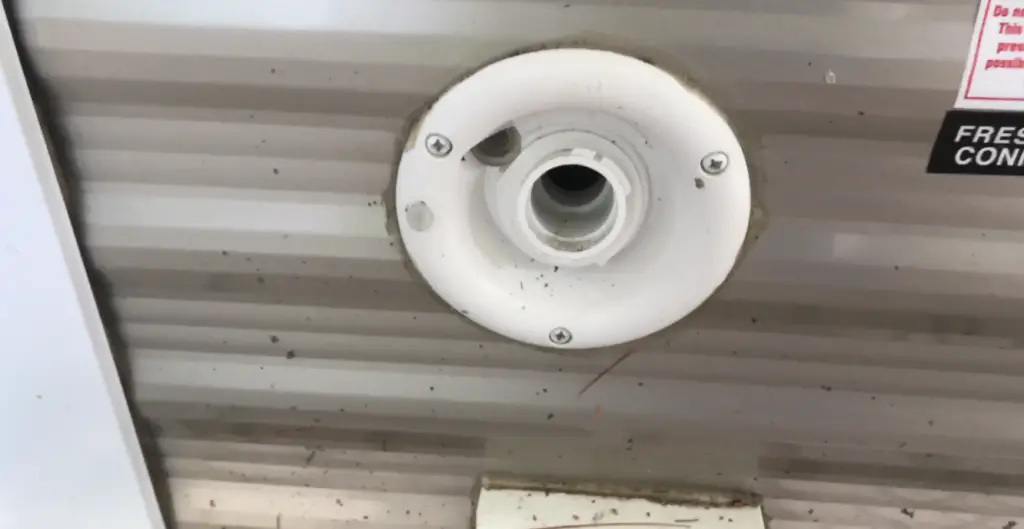
Black water tank
This tank stores wastewater from the RV toilet. This water is considered sewage and should be disposed of properly. [1]
It’s crucial to frequently empty it to avoid smells or contamination from accumulating waste.
Using City Water Supply in an RV
If your RV is connected to the water supply, you can fill the tank simply by turning on the faucet.
Only use the clean water hose. It is usually white or blue and is clearly labeled “fresh.” Using any other hose could result in contamination of your drinking water.
Many campgrounds require that you use a filter when hooking up to the water supply. This is to prevent sediment and other contaminants from getting into your RV’s plumbing system. Be sure to check with the campground before hooking up. [2]
Filling Your Freshwater Tank
When filling your freshwater tank use clean water. If you’re using a hose, ensure it’s connected to a clean water source. You can also fill up jugs of water at a local water station or from a spigot at a campground.
Once you have your clean water, slowly fill up your tank until it’s full. It’s important not to overfill it, as this can cause problems with your RV’s plumbing system. If you’re using a hose, be sure to disconnect it once the tank is full.
Now that your tank is full, you’re ready to hit the road! Just be sure to monitor your freshwater level and refill as needed.
Keeping RV Hoses Separate
Use a different hose for drinking water than the one you use for showering or washing dishes. This will help prevent contamination of your drinking water supply.
It’s also a good idea to have a couple of different hoses on hand, in case one should spring a leak. You don’t want to be left without any way to fill up your tank!
Understanding The RV Water System
If you are new to RVing, then you might not be familiar with the different parts of its water system. It’s important to understand how everything works before you start filling up your tank.
- The first part of the system is the water pump. Without a properly working water pump, you will not be able to get any water to your faucets or showerhead.
- Next, there are two types of valves controlling the water flow in an RV – check valves and shut-off valves. Check valves allow water to flow in one direction only, while shut-off valves completely stop the flow of water. Shut-off valves are located near the pump and fresh water tank, while check valves are usually located at the end of each water line.
- Finally, there is a pressure regulator. This device helps to ensure that the water pressure remains constant. Without it, the water pressure in your RV could fluctuate wildly, which can damage pipes and fixtures.
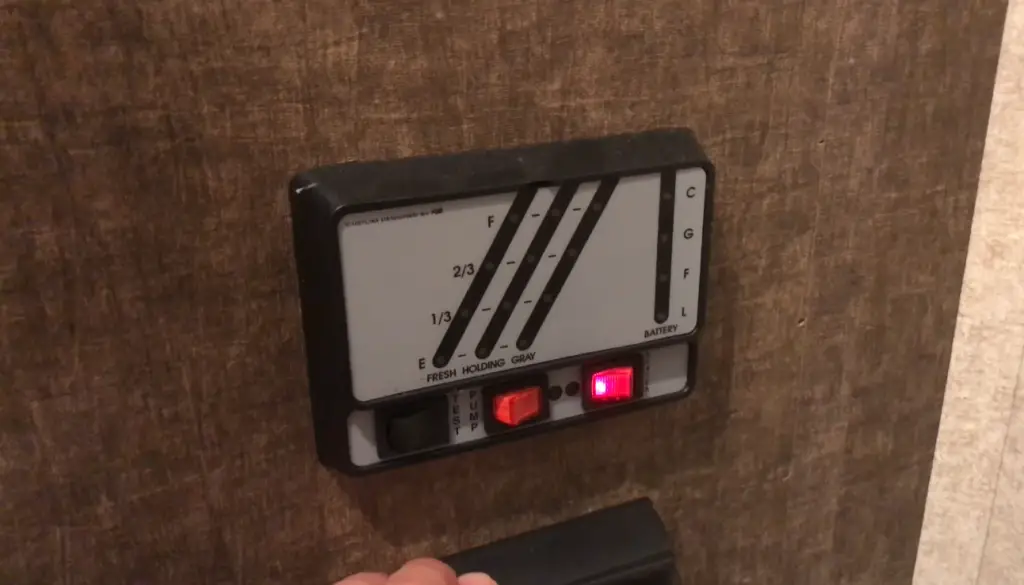
Locating The Intake Valve
This is the valve that allows water to flow into the tank. It is usually located near the bottom of the tank, on the side or front.
After your hose is attached to the intake valve, open up the valve and allow water to start flowing into the tank. Monitor the level of water in the tank so that it doesn’t overflow!
If you are filling up your tank at a campsite, you might use a water filter.
Close the intake valve and disconnect the hose from the fresh water tank once it is full.
Attaching The Hose
Now that the water is turned off, it’s time to attach your hose to the RV. The process for this will vary depending on what type of hose you’re using and what kind of connector your RV has. If you’re not sure how to do this, consult your owner’s manual or ask a professional.
Once the hose is attached to the water source, turn on the water and let it flow into until the tank is full. Turn the water off and unplug the hose.
Amount of Water You’ll Need
After you’ve determined where to put the fresh water tank, figure out the amount of water required. This depends on a few factors, such as:
- How long you plan on being out on the road
- The size of the RV fresh water tank
- Amount of people who will be traveling with you
- Your personal water usage (e.g., taking showers, doing dishes, etc.)
Using an RV Water Pump
Connect the hose from the pump to the fresh water inlet. Then, turn on the pump and open the tank valve.
Cleaning RV Fresh Water Tank
The last thing you want is for drinking water to be contaminated, so it’s important to clean the tank on a regular basis. Here are some suggestions for keeping the fresh water tank clean:
- Use mild soap and hot water to clean the inside of the tank every time you empty it.
- Every few months, add a cup of bleach to your tank when you fill it up and let it sit for 24 hours before draining it to kill any bacteria that may be present in the tank.
- If you notice any strange odors coming from your tap, it’s a good idea to have the water tank professionally cleaned.
When You Should Clean The Tanks
The answer to this question really depends on how often you use your RV and where you take it. If you are using your RV frequently, then it is important to clean the tanks at least once a month. However, if you only use your RV occasionally, then you can probably get away with cleaning the tanks every few months.
It is also important to note that if you are taking your RV to places with questionable water quality, then you should clean the tanks more frequently. This is because the water in these places may contain contaminants that could potentially harm your health.
There are a few different ways for cleaning. One approach is to simply fill the tank with a combination of water and bleach, then set it aside for a few hours. Then you can then drain the tank and rinse it out with clean water.
Another way is to use a product specifically designed for cleaning RV tanks. These products are generally safe to use and will not damage the water system.
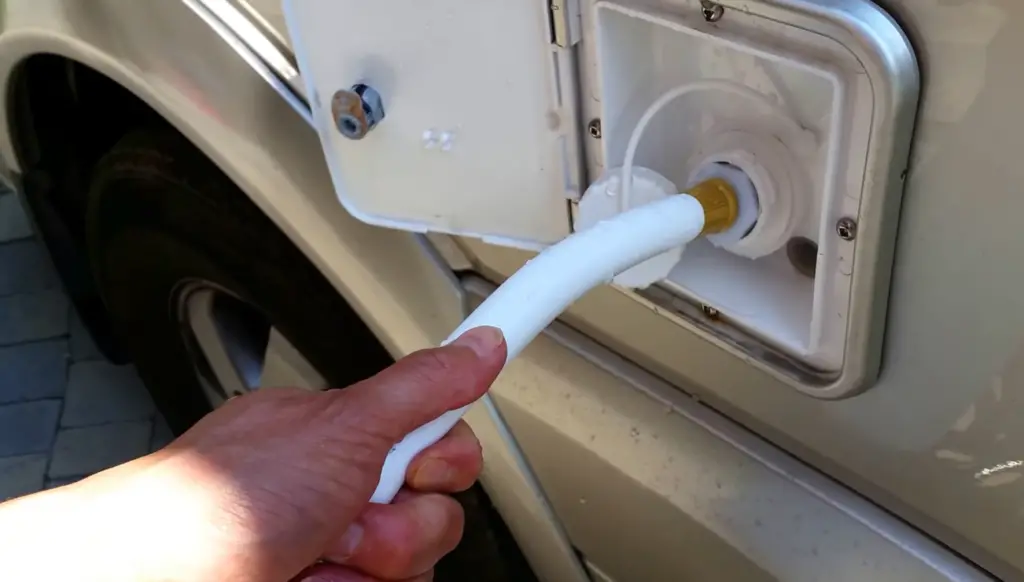
How To Clean The Freshwater Tank
The first step is to clean the freshwater tank. You can do this by using a mild bleach solution or a specialized cleaner. Rinse the tank before adding fresh water.
Once your tank is clean, you’ll need to add fresh water. By utilizing a hose that is linked to a potable water source, you may prevent damage to your garage door. If you’re filling up from a lake or river, be sure to use a water filter designed for removing contaminants from these sources. [3]
Fill the freshwater tank until it’s about three-quarters full. Then, add the recommended amount of RV antifreeze for your particular model of camper. This will help protect your plumbing if the temperatures dip below freezing.
FAQ
How do I fill up my freshwater tank?
The most common way is by using a hose connected to a spigot. Most RVs have a built-in freshwater tank, which is located underneath the RV. In order to fill the tank, simply attach your hose to the spigot and turn on the water. The water will flow into your RV’s fresh water tank until it is full.
Another option for filling your RV’s fresh water tank is by using a portable water container, such as a five-gallon jug. Simply pour the water from the container into your RV’s fresh water tank until it is full. [4]
How long does it take to fill a fresh water tank?
It takes between 30 minutes and an hour to fill the tank. The exact time depends on the water tank size and the water source flow rate. If you’re filling up from a garden hose, for example, it will take longer than if you’re using a spigot or other high-flow water source. [5]
Remember, it’s always better to err on the side of caution. It’s much easier to top off a partially full tank than it is to try and fill a completely empty one. So, if you’re not sure, start with a partial fill and then top it off as needed.
How do you fill an RV fresh water tank without a hose?
If you don’t have a hose, use a container like a bucket or a jug. To do this, simply pour the water into the tank through the opening at the top. Ensure to fill slowly so that the water doesn’t overflow and make a mess.
You should avoid using water from lakes, rivers, or streams unless you’ve treated it first. Untreated water could contain harmful bacteria that could make you sick. [6]
Should I leave water in the fresh water tank?
Yes, you should. For keeping it free of debris. Additionally, it will help to keep the pump and plumbing in good working order. If you are using RV frequently, fill it every few days or so. However, if you only use RV occasionally, you may be able to get by with filling it once a week.
How do you know when the RV water tank is full?
One way is to simply look at the gauge. Most RVs have a fresh water tank level indicator. Another option is by listening for a gurgling sound coming from the fill hose. This means that the air in the hose has been displaced by water.
Useful Video: How To Fill Your RV Fresh Water Storage Tank
Conclusion
Now it’s time to get out there and enjoy the open road! Just remember to always use clean, potable water and to top off your tank frequently. With a little bit of planning, you’ll be able to keep the tank full and your family happy on even the longest of road trips. Safe travels!
References
- https://www.familyhandyman.com/article/what-to-know-about-rv-water-tanks/
- https://campaddict.com/rv-water-systems/
- https://blog.campingworld.com/rv-basics/sanitize-your-rvs-freshwater-system-in-5-simple-steps/
- https://www.outdoorsy.com/blog/fill-fresh-water-tank
- https://hvacseer.com/how-long-does-it-take-to-fill-hot-water-heater/
- https://rvlifestyle.com/how-to-refill-fresh-water-tank-during-camping/

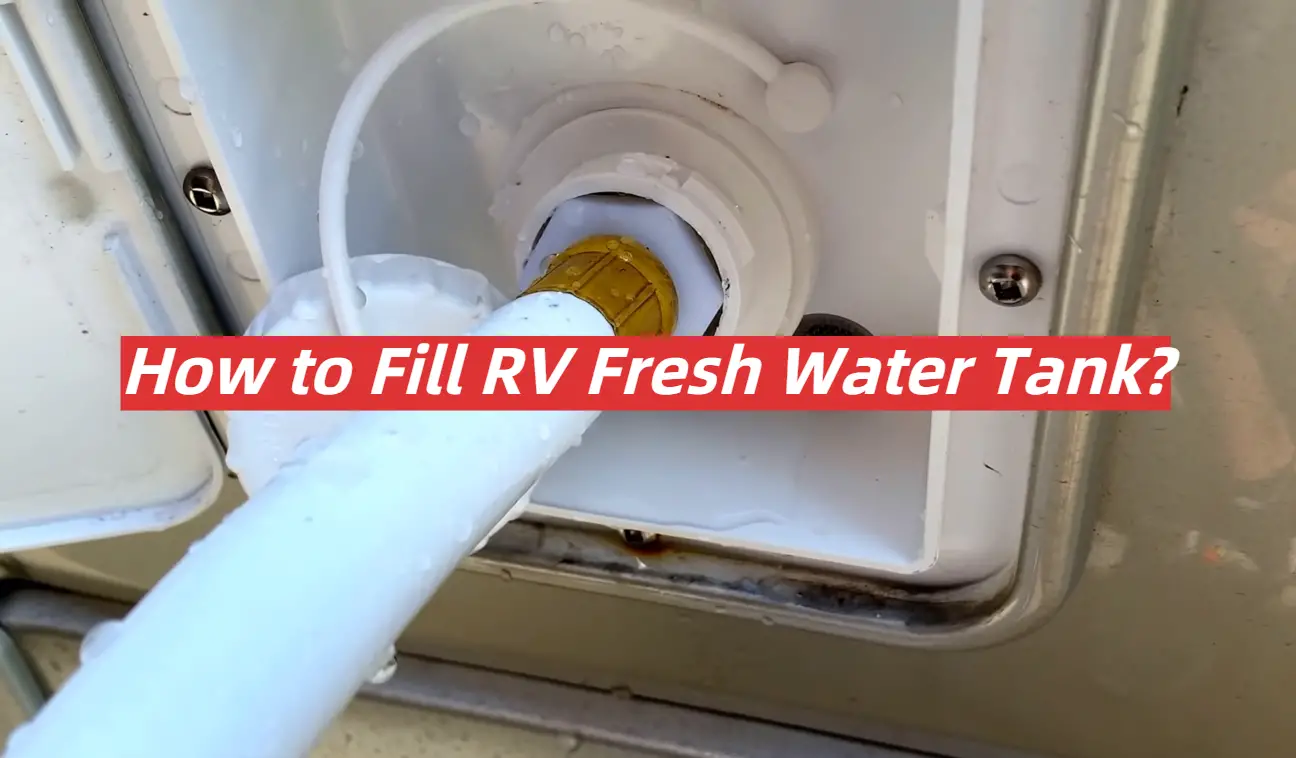
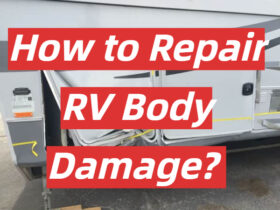
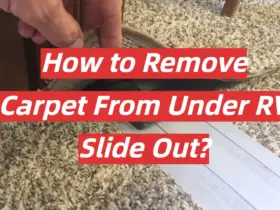
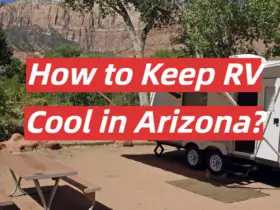
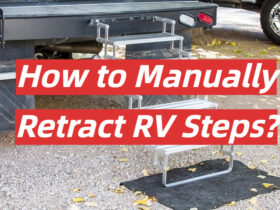
Leave a Reply